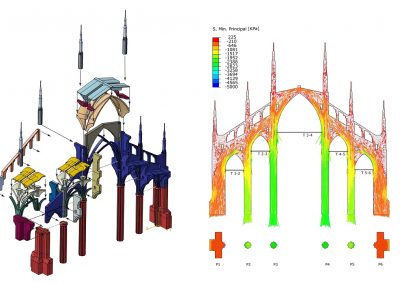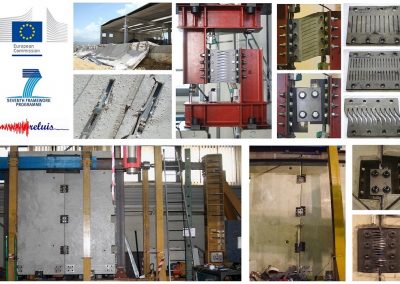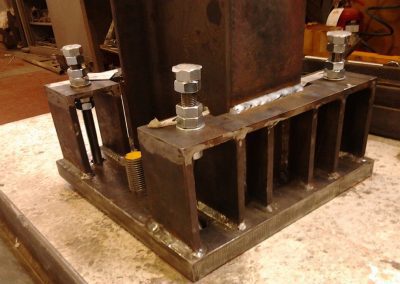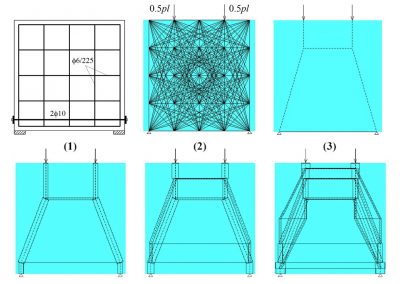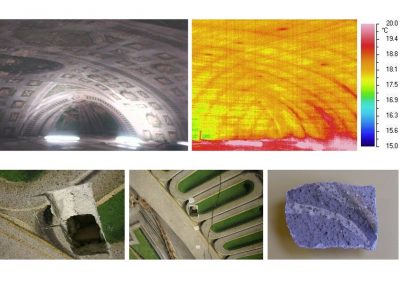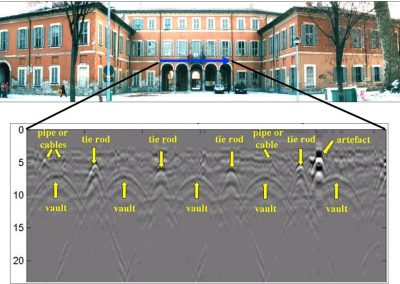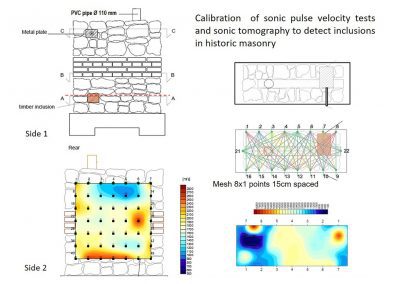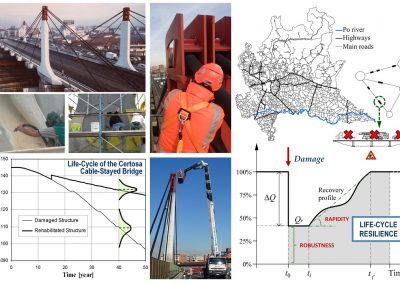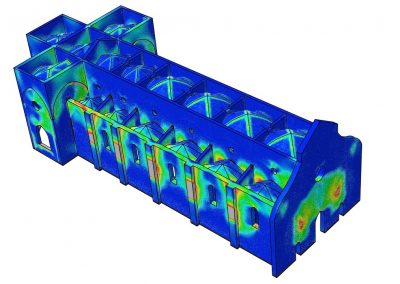Design, Diagnostics and Structural Rehabilitation
The research activity includes both the structural design of new structures and the diagnosis, vulnerability analysis, evaluation and rehabilitation of existing structures, with particular attention to the consolidation of historical buildings and the maintenance of bridges and bridge networks exposed to ageing and degradation. It also deals with the assessment of geological risks and hazards, and local seismic effects. Applications include bridges, large span roofs, dams, tunnels, industrial building structures, infrastructure networks and their terminals, existing masonry, reinforced concrete, timber and steel buildings. The research team is actively involved in the development of theories and methodologies for structural design, in particular analysis, modelling, synthesis and optimisation approaches considering the effects of static, seismic and time-dependent loads, environmental actions and climate change. The research lines include multi-risk analysis and assessment of reliability, robustness, redundancy and resilience of infrastructure structures and systems subject to degradation, with particular attention to the decision making process for design, assessment, maintenance and life cycle management under conditions of uncertainty. Experimental tests of structural elements, parts of structures and connections made with new materials support the above methods in the design of new structures. In the field of existing structures, in particular those considered Architectural Heritage, the research is developed starting from the investigation of their geometry, their historical and constructive evolution, the stratigraphic composition of the structural elements, the conditions and properties of the constituent materials and their compatibility with modern materials used in conservation interventions. The activities of the research group include structural survey, inspection by non-destructive testing and/or moderately destructive techniques, mechanical and chemical-physical tests on materials, as well as short and long-term monitoring. The research also covers mechanical and numerical modelling of survey data, as well as the selection of intervention strategies compatible with conservation principles and the evaluation of their effectiveness.

